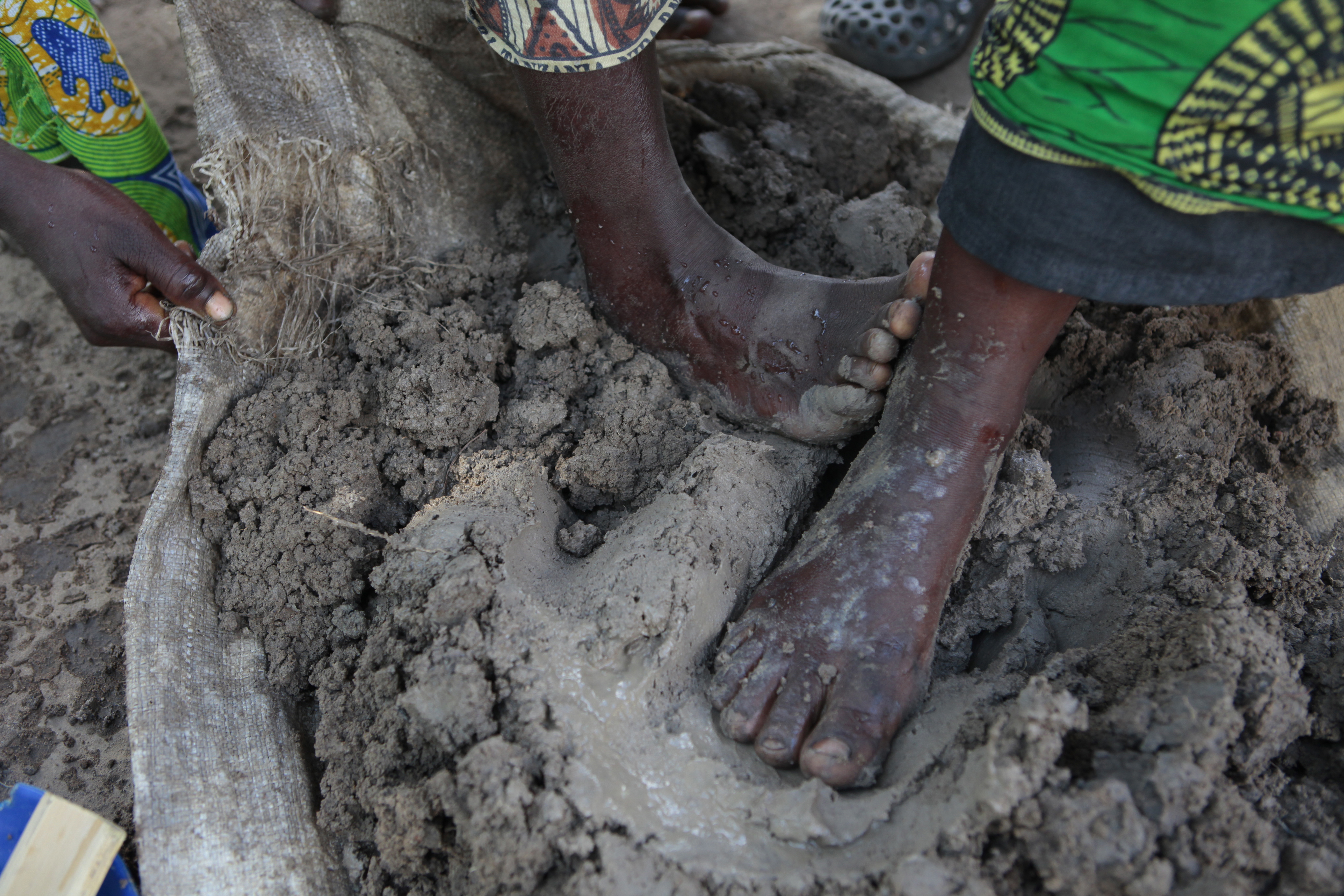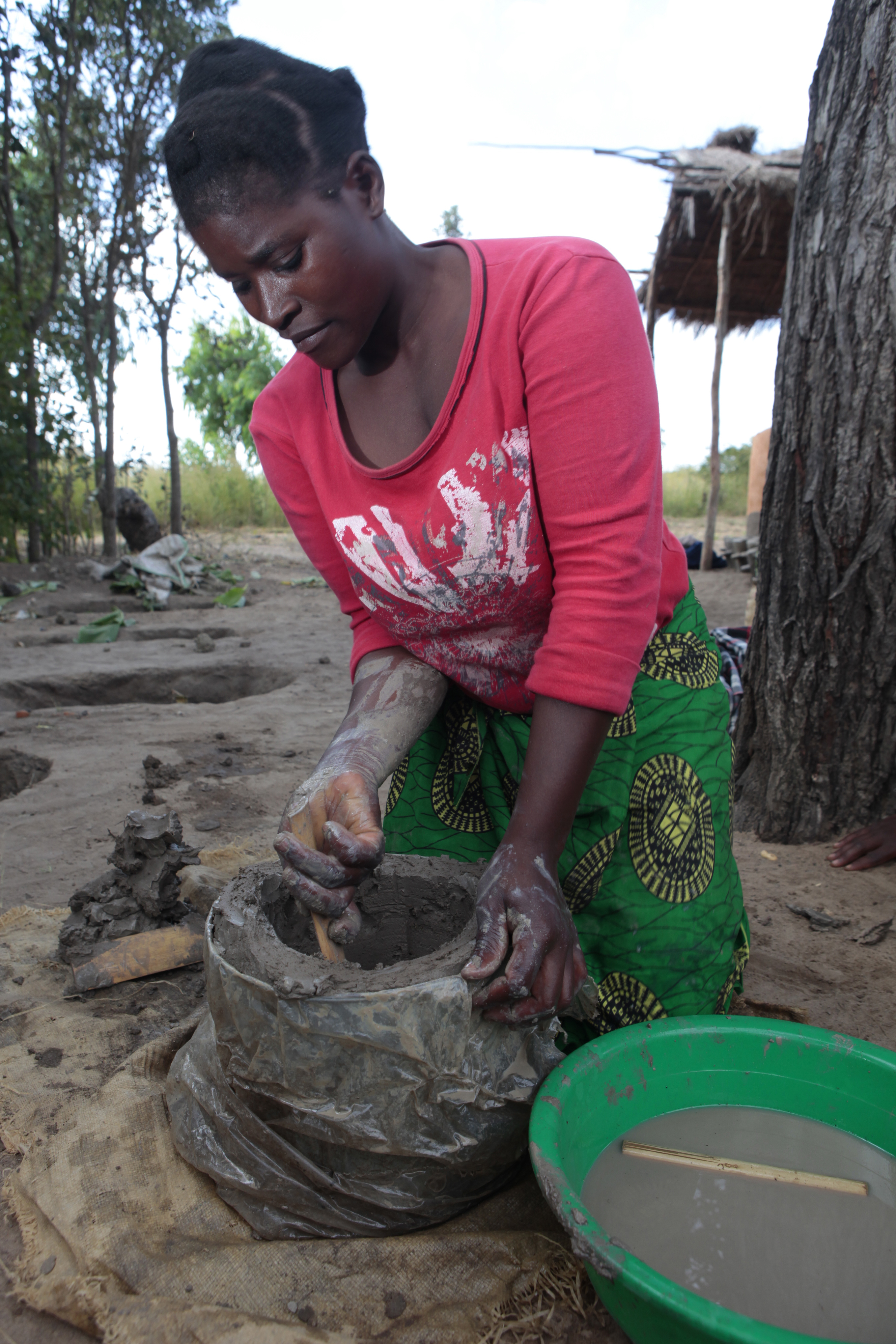

In the Kasungu Heifer project in Malawi, part of Heifer training included teaching participants how to make improved cook stoves. These stoves only use a third as much fuel as traditional cooking fires, cook meals faster, emit less smoke and are less dangerous all around.
Here’s how our project partners in Malawi make their new, portable outdoor stoves:
Using these stoves as opposed to traditional cooking fires saves the women and children in Malawi charged with collecting firewood lots of time, while also saving more trees from the flames. Children often get burned in traditional cooking fires, and the portable clay stoves are much safer because the fire is contained.
They aren’t always made the same way, but providing various kinds of improved cookstoves has long been a tenet of many Heifer projects around the world. You can provide improved stoves for Heifer projects right here.
*this project doubles as excellent stress relief/anger management